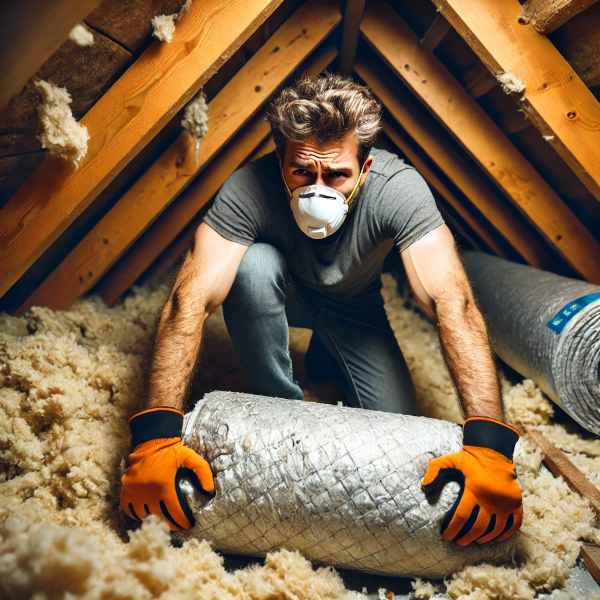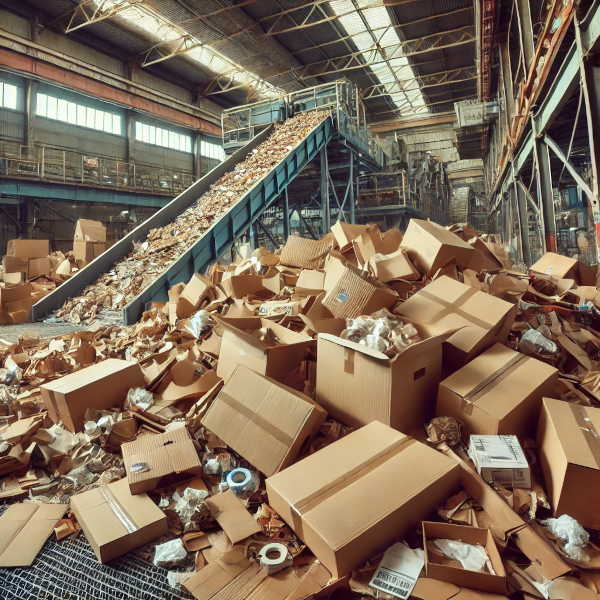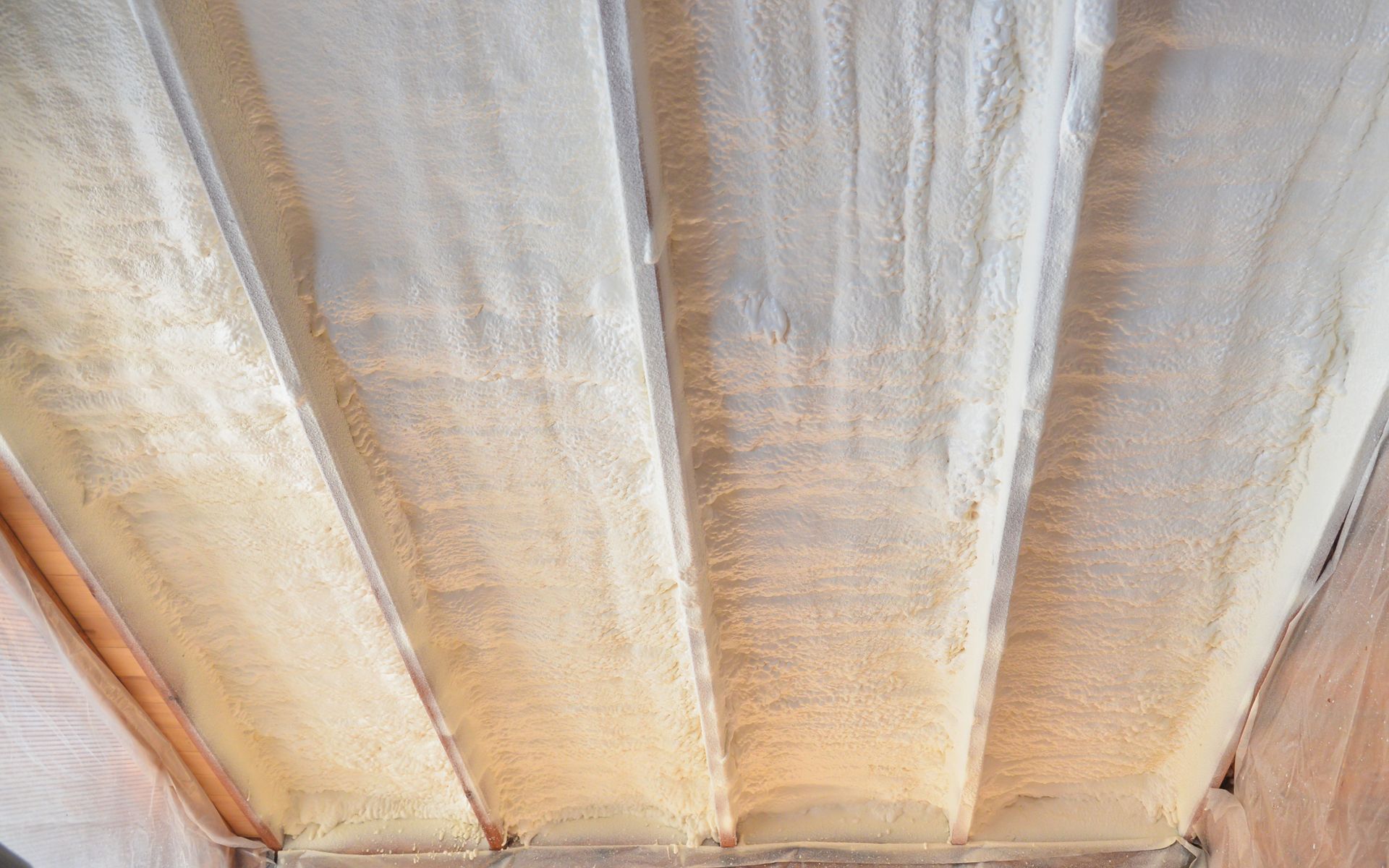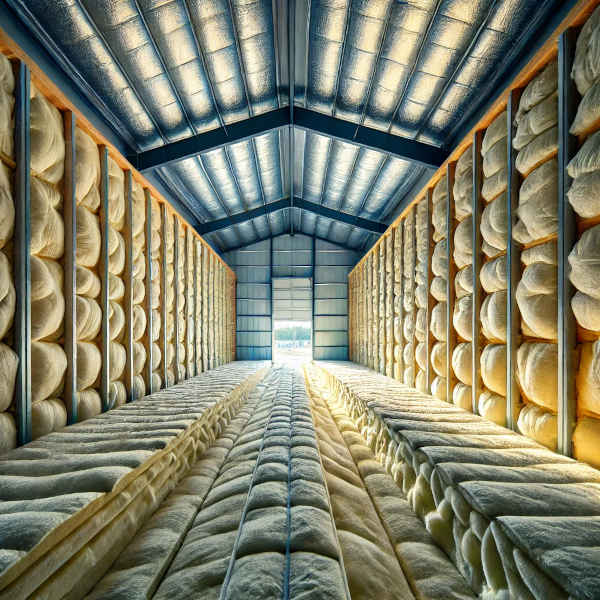R-Value and Insulation: It's more than just a number.
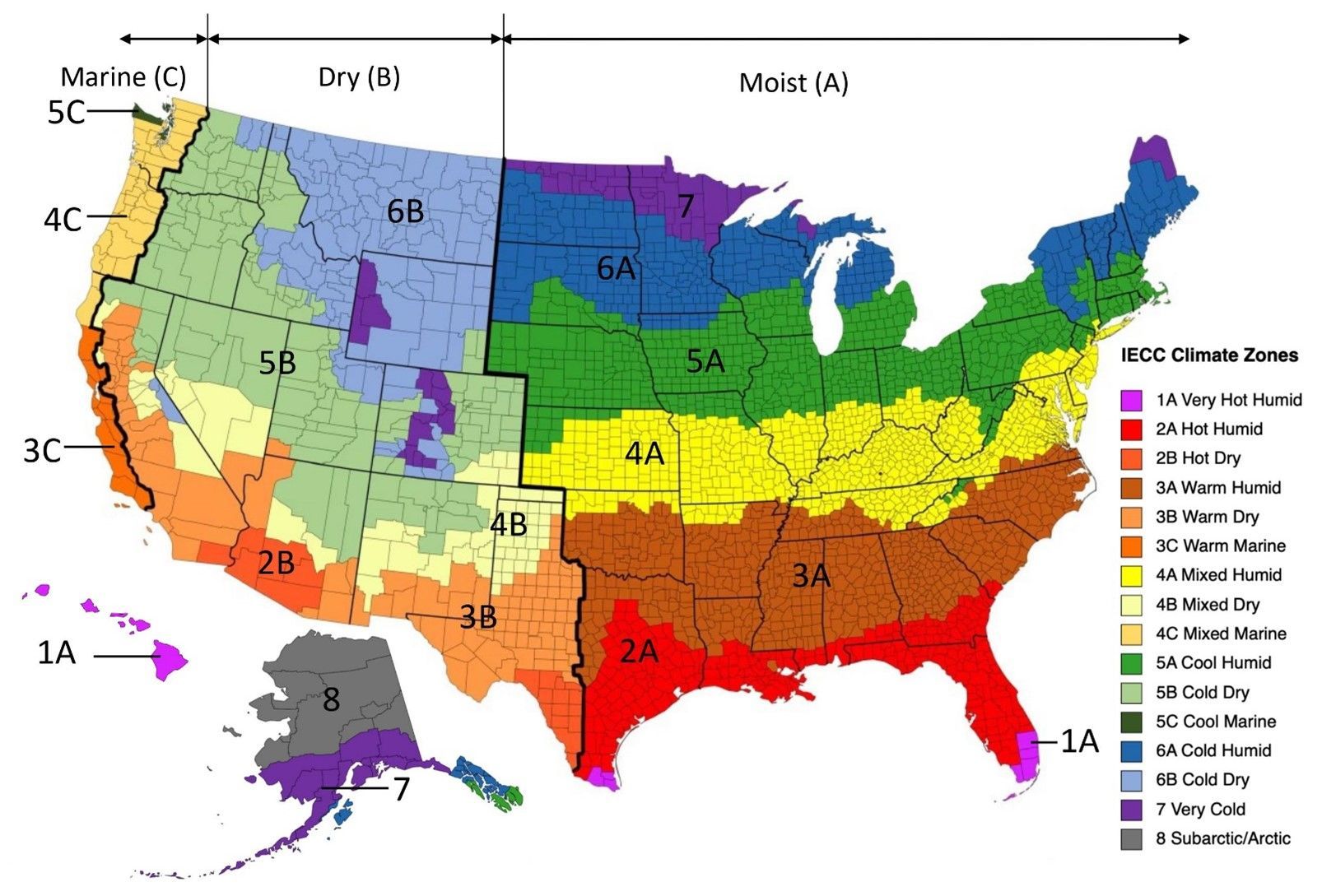
The R-factor, more commonly known as R-value, is a fundamental measure of insulation’s thermal resistance. It determines how effectively a material can resist heat transfer, playing a crucial role in maintaining indoor temperature stability. A higher R-value indicates better insulating performance, as the material resists the flow of heat more effectively.
This value is influenced by several factors, including the type of material, its thickness, and density. Common insulation materials, such as fiberglass, cellulose, spray foam, and rigid foam boards, offer varying R-values, making them suitable for different climates and building needs. For example, spray foam typically has a higher R-value per inch compared to fiberglass batts, making it ideal for tight spaces requiring maximum efficiency.
The importance of R-factor lies in its ability to enhance energy efficiency and comfort within a building. In colder climates, insulation with a high R-value helps to retain heat indoors during winter, reducing the demand for heating systems. Conversely, in hot climates, high R-value insulation minimizes heat gain, keeping interiors cooler and decreasing reliance on air conditioning.
Building codes often specify minimum R-value requirements based on regional climate zones and the area of application, such as walls, attics, or floors. Attics, for example, usually require higher R-values since they are most exposed to external temperature extremes. Properly installed insulation not only optimizes energy performance but also reduces utility costs over time.
In addition to energy efficiency, selecting insulation with an appropriate R-factor supports environmental sustainability. By reducing the amount of energy required for heating and cooling, buildings with effective insulation lower their carbon footprint.
Furthermore, advanced insulation materials and technologies, such as recycled or eco-friendly options, provide high R-values while promoting resource conservation. Homeowners and builders must carefully consider the R-value when planning insulation, balancing material cost, performance, and long-term benefits.
Ultimately, understanding and applying the concept of R-factor allows for better temperature control, lower energy bills, and a reduced environmental impact.
Duerst Insulation Technicians is happy to answer any questions you have regarding insulation and R-value.

